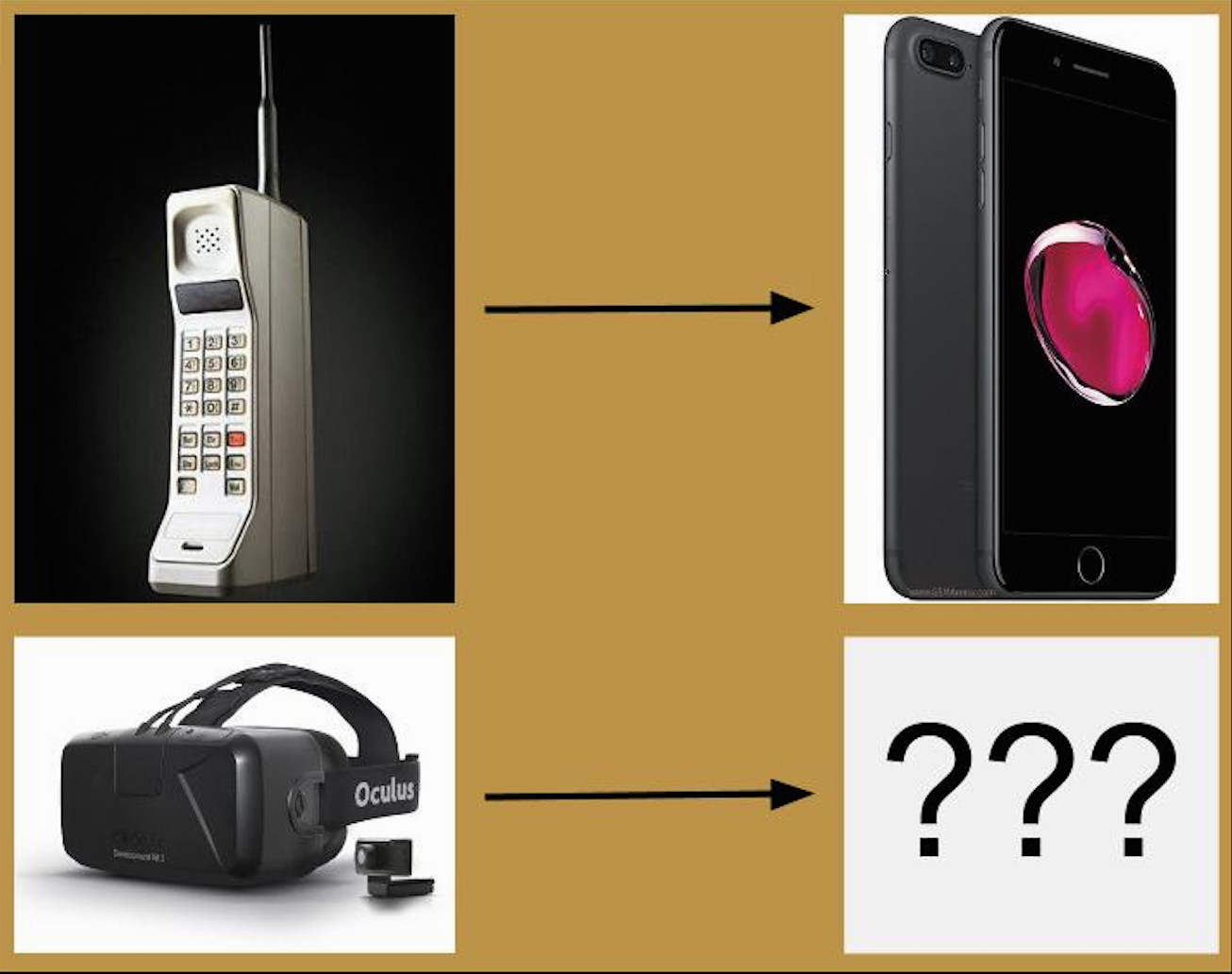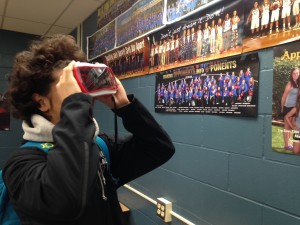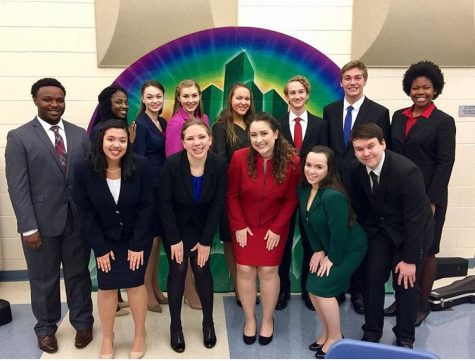Virtual Reality: Clever Gimmick or the Future of Tech?

Will virtual reality prove to be an effective educational tool, or will it remain a niche product for basement-dwellers only?
We live in an era where technology once considered science fiction is now rapidly becoming reality. The generation that first saw films like Tron or The Matrix, where humans could enter a virtual world held in a computer, is now watching them come to life with innovations such as practical, interactive virtual reality.
Virtual reality at its core is a technology which, by detecting the user’s position and orientation in space, places them in a “virtual world.” After decades of “almost,” VR is finally breaking out. It’s projected to become a nearly $16 billion industry by 2019, and is poised to dramatically enter into the world of video games, TV, and even schools.
The fact that tech is already rapidly entering education is no secret, with emerging programs featuring devices such as the iPad Mini and Chromebook, not to mention the many desktops throughout the school. VR, however, is an incredibly new technology, with pilot programs just starting in many schools.
The reasoning behind an educational VR program is simple: most people learn the best when they see something, with studies showing that retention is almost twice as good when traditional learning is coupled with visual teaching strategies.
Furthermore, VR can provide the gateway to resources that many schools wouldn’t dream of accessing otherwise. AVHS science teacher Mr. Otto, for one, is excited about the potential that VR could have for his anatomy or biology classes.
“If there could be way to take a virtual tour of a real surgery using VR, that would be amazing,” he said. “Then you could have a summary activity, asking ‘what did you see?’”
Some teachers are perhaps more skeptical. “You have tech, but at the end of the day, it really doesn’t replace good teaching,” social studies teacher Mr. Melton said. “We’re at the point where we can see what it could do; I don’t think we’ve reached the tipping point yet.”
Regardless, it’s generally thought that VR has some great potential as a classroom enhancer. So the question is, what’s holding it back?
You may or may not know that Google Expeditions, Google’s flagship educational VR program, just last March held an exhibition inside AVHS showing off their product. Even though the district decided against purchasing a classroom set, the trial can perhaps shed some light on the future of VR in AVHS and other schools.
First, to explain a bit about Expeditions itself. As per the title, Expeditions is premised upon giving students the ability to take a “virtual field trip,” with their teachers as a tour guide. There are currently “expeditions” to places like the Amazon Rainforest, Great Barrier Reef, or even the surface of Mars.
Expeditions is one of the earliest attempts to bring virtual reality into a realistic role within a school.
Mr. McCluskey, one of the technology specialists at AVHS, shared more about the results of the Expeditions trial and the future of VR instruction at AVHS.
“There are definitely some cool experiences that students can have with Expeditions,” he said. “However, there are some limitations.”
The catch is, as usual, the price.
“They just launched [Expeditions] this year and it’s incredibly expensive,” said McCluskey. “To get a classroom set of 30 cardboard glasses, the phone, and whatever you need to make that happen is $10,000. We were considering it, but when we heard it was $10,000, it just didn’t seem like a viable price tag.”
Even given the price, however, Mr. McCluskey remains optimistic for the future of VR at Apple Valley High School.
“Like everything the price will drop and other things will be developed.”
In fact, Mr. McCluskey even went one step further.
“In the next five years I would expect we could see VR really implemented.”
Even so, the fact that many schools are seriously considering introducing VR to the classroom just two to three years after major release displays the truly blistering pace of development virtual reality has enjoyed up to this point.
Take the current products on the market. Although VR has made tremendous strides in just the past couple years, with a considerable variety of products on the market, cost remains the bitter pill most consumers refuse to swallow. Some notables include the Oculus Rift ($600), Google Daydream ($79 + a Google phone), and the PlayStation VR ($399).

On the economy of scale needed to cater to public school classrooms, all of the above are entirely too expensive for a school to embark on a VR project.
However, as more competition enters the marketplace and the required computing power goes down, price will inevitably fall. It’s helpful to remember that in 1984, Motorola’s DynaTAC “brick phone” ran you around $4,000.
With this in mind, it’s rather telling that the only thing separating the two pound DynaTAC from an iPhone 7 is 30 years of development.
“I think we’re at a point where VR is really trying to find its place in the market,” said senior Kyle Lundberg. “Almost like a fork in the road.”
Only time will tell which path it takes.









Zach Mundt • Oct 19, 2016 at 9:08 am
The way you used outside sources was an effective strategy. I also enjoyed the fact that you used facts like the price of current VR headsets. I would have liked to see more professionalism by using full names and more formality.
Reagan R • Oct 19, 2016 at 9:01 am
I’ve never heard of that technology being used in classrooms but I think that would make learning so much more enjoyable and easier. Being able to experience that instead of looking at pictures on a PowerPoint would make many student more interested and involved.